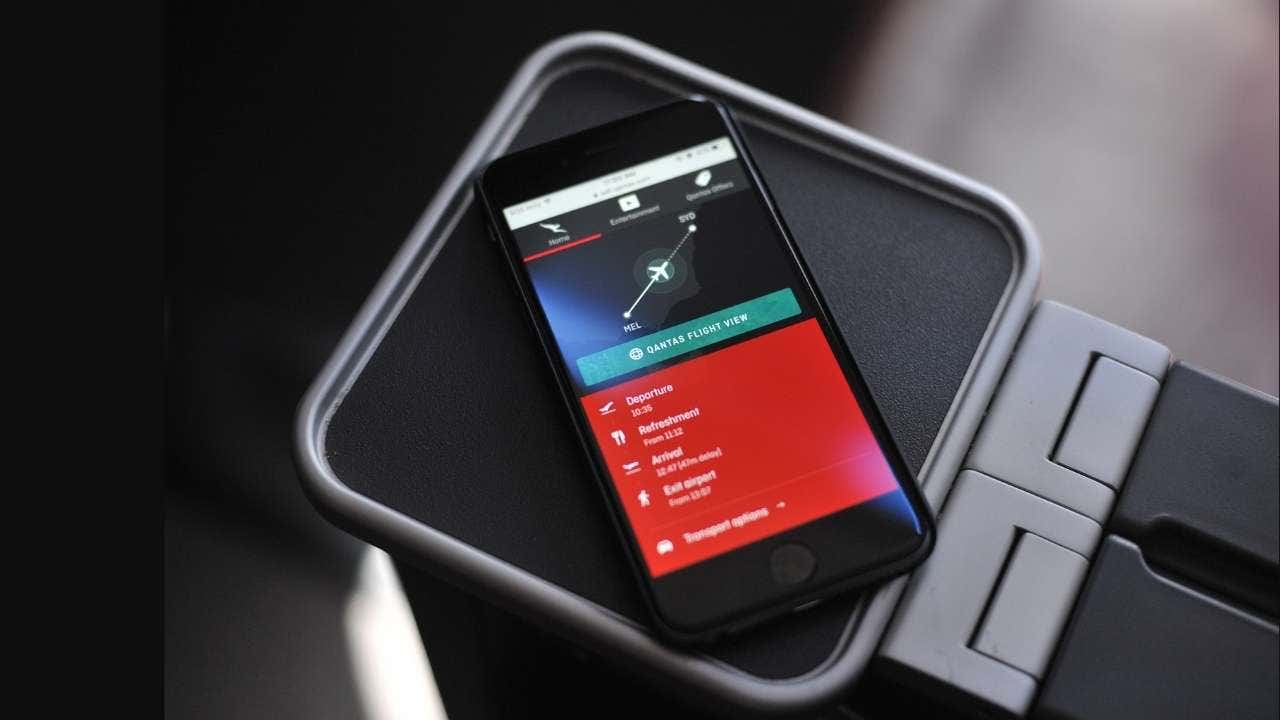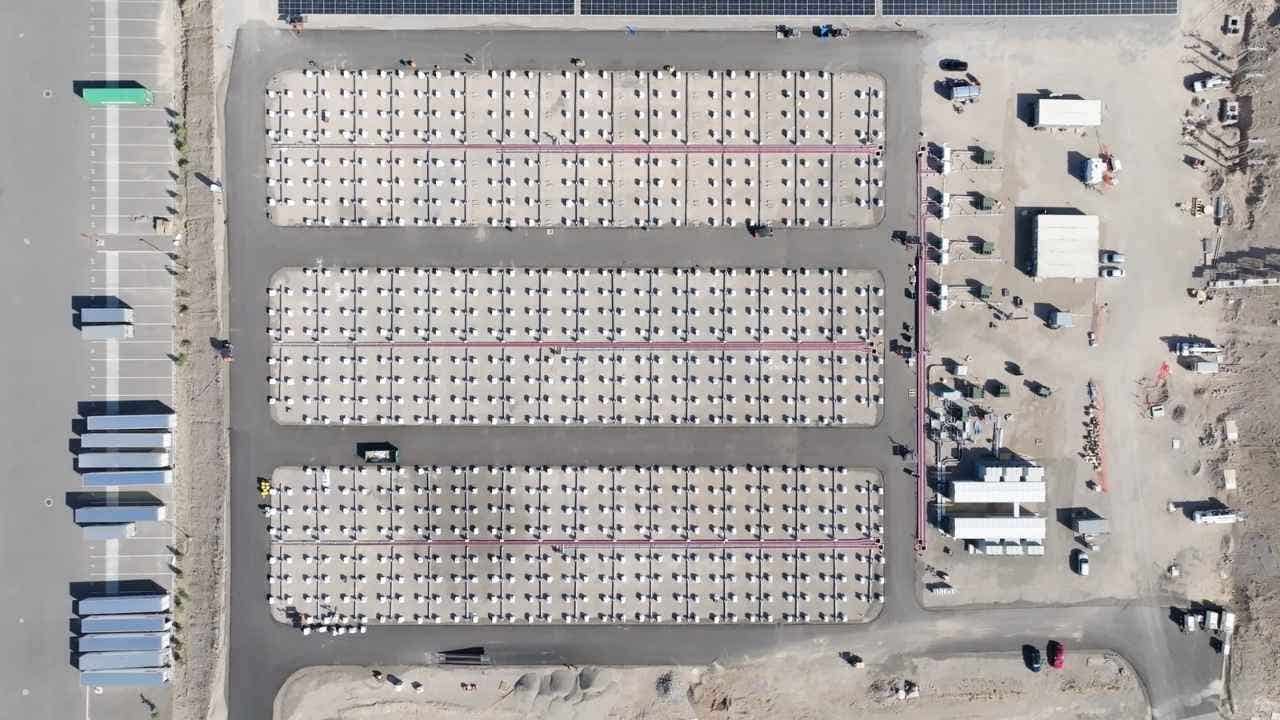One small step toward solar power from space a success

Scientists at the California Institute of Technology are celebrating after a successful test flight of the technology needed for generating power from space.
The mission, called Space Solar Power Demonstrator (SSPD-1), was a small-scale test of the technologies that will be required for future gigantic power stations in space. After launching last January, the SSPD-1 spent the past year evaluating different solar cells and deployment methods, and in March became the first technology to wirelessly beam power to Earth from space.
While the mission was an overall success, issues did arise that need to be solved before full-scale solar power becomes a reality.
Capturing energy from space and beaming it to the ground is a concept that goes back to 1923 when Russian theorist Konstantin Tsiolkovsky proposed mirrors in space that would direct powerful beams of sunlight down to Earth. In 1941, science fiction writer Isaac Asimov wrote a short story called “Reason” about beaming microwaves down from space that could be captured by a ground station and converted into electricity.
The big advantage to placing power stations in orbit is that sunlight is up to ten times more intense in space because it does not pass through the Earth’s atmosphere. If a spacecraft is placed in the proper orbit it can be exposed to the sun’s energy continuously.
If successful, the result could be abundant, reliable, carbon-free energy, able to power a million homes with a single satellite.

This idea was considered in the early days of the space program because the basic technology required already existed in our current TV and communication satellites. However, to generate enough energy to be economically viable, these power-generating satellites would have to be very large — at least a kilometre on each side — so the cost of the many space launches was deemed too expensive to be worthwhile.
For comparison, the International Space Station took dozens of launches and $150 billion US to build, and it’s only the size of a football field.

But now that the cost of space flight has been reduced dramatically thanks to companies like SpaceX, scientists are re-thinking the idea. Groups in China, India, the U.K., and even the U.S. Naval Research Laboratory, are working on their own space-based solar power technologies.
The Caltech device has been in the works since 2011. It was launched into space in January 2023 with a solar array measuring only 1.8 metres. It carried a collection of 32 different types of low cost solar cells, electronics to convert sunlight into microwaves and two lightweight microwave transmitters that sent signals to the ground.
The biggest issue arose during the testing of their deployment technology when the cables used to unfold the structure in space became snagged, delaying the process. Fortunately, controllers on the ground were able to use cameras on the spacecraft to identify the problem and eventually solve it. Then, part of the structure became jammed and the operators had to mechanically vibrate the whole satellite to shake it free.

But that is what test flights are all about — to identify problems and prevent them from happening in the future.
If there are difficulties unfolding a lightweight structure less than two metres across, imagine unfolding something the size of a small town in space.
As the search for clean energy sources continues, and the costs of climate change continue to rise, the sticker price of building space-based solar power generating stations may become more reasonable, especially as we start looking off the planet to satisfy our growing energy needs.
WATCH | Animation and images from the Caltech deployment




